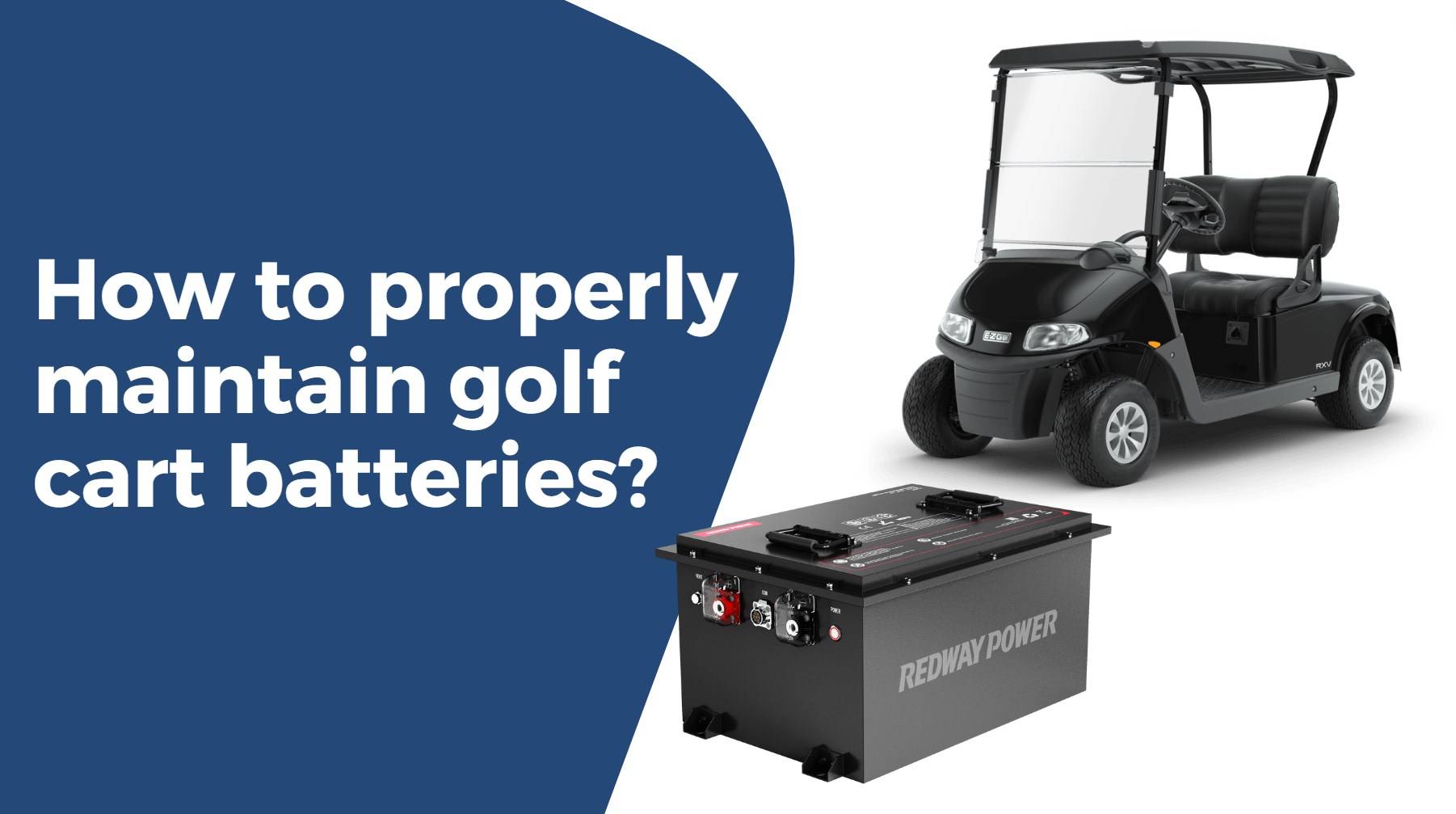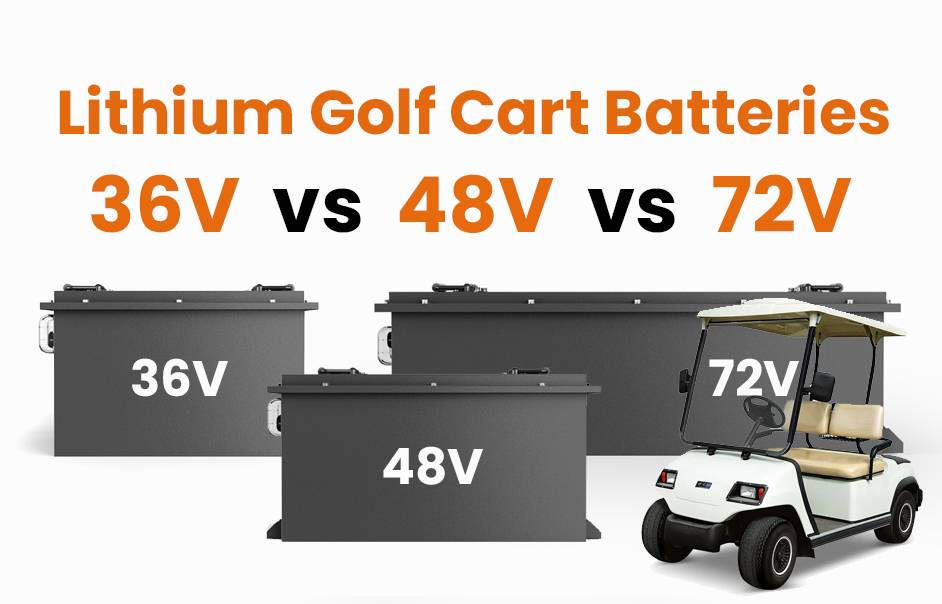
Blog
How to Properly Maintain and Care for Your Golf Cart

Proper maintenance and care of your golf cart are vital to ensure its longevity and optimal performance. This article outlines essential practices, including cleaning, battery upkeep, tire maintenance, brake inspections, and electrical system checks, providing a comprehensive guide to keeping your golf cart in top shape.
What essential cleaning practices should be followed for golf carts?
Regular cleaning is fundamental to maintaining a golf cart. Dirt and grime can accumulate and affect both appearance and performance. To clean your golf cart effectively:
- Exterior Cleaning: Use mild soap and water with a soft cloth or sponge. Avoid abrasive cleaners that could scratch the surface.
- Interior Care: Wipe down seats, dashboards, and other surfaces with a damp cloth. For vinyl seats, a mixture of bleach and water can help eliminate mold.
- Battery Cleaning: Regularly clean the battery terminals with a mixture of baking soda and water to prevent corrosion.
Chart: Cleaning Schedule
| Task | Frequency |
|---|---|
| Exterior Wash | Monthly |
| Interior Wipe Down | Bi-weekly |
| Battery Terminal Clean | Every 3 months |
How do you maintain the battery of your golf cart effectively?
Maintaining the battery is crucial, especially for electric models. Here are key practices:
- Regular Charging: Charge the batteries after each use to prevent deep discharge.
- Water Levels: Check water levels in lead-acid batteries every two months; refill with distilled water if necessary.
- Battery Health Monitoring: Use a battery gauge to track performance and identify when recharging is needed.

Chart: Battery Maintenance Checklist
| Maintenance Task | Recommended Frequency |
|---|---|
| Charge After Use | Every Use |
| Check Water Levels | Every 2 Months |
| Clean Terminals | Every 3 Months |
Why is tire care crucial for the longevity of golf carts?
Proper tire care ensures safety and efficiency while driving your golf cart. Key practices include:
- Checking Tire Pressure: Regularly inspect tire pressure; most tires should be between 15-25 psi.
- Tire Rotation: Rotate tires every 5,000 miles or as recommended by the manufacturer to promote even wear.
- Visual Inspections: Look for signs of wear or damage, such as cracks or bulges.
Chart: Tire Maintenance Guidelines
| Task | Frequency |
|---|---|
| Tire Pressure Check | Monthly |
| Tire Rotation | Every 5,000 miles |
| Visual Inspection | Monthly |
How can you ensure proper brake maintenance on your golf cart?
Brake maintenance is essential for safety. Follow these guidelines:
- Inspect Brake Pads: Regularly check pads for wear; replace them if they appear thin or damaged.
- Check Brake Fluid Levels: Ensure brake fluid is at appropriate levels; top off if necessary.
- Annual Inspections: Conduct a thorough brake inspection annually or before heavy use.
Chart: Brake Maintenance Schedule
| Task | Frequency |
|---|---|
| Pad Inspection | Monthly |
| Fluid Level Check | Monthly |
| Annual Brake Inspection | Yearly |
What routine checks are necessary for the electrical system of a golf cart?
Maintaining the electrical system ensures all components function correctly:
- Wiring Inspection: Regularly check wires for fraying or loose connections.
- Clean Connections: Remove dirt and corrosion from electrical connections using a wire brush.
- Test Lights and Horns: Periodically check that all lights and horns are functioning properly.
Chart: Electrical System Maintenance Tasks
| Task | Frequency |
|---|---|
| Wiring Inspection | Monthly |
| Clean Connections | Every 3 months |
| Functionality Test | Monthly |
Industrial News
Recent trends in golf cart technology emphasize advancements in battery management systems that enhance performance and safety. Manufacturers are increasingly focusing on integrating smart technologies that monitor battery health and optimize charging cycles, ensuring longer lifespans for electric models. This shift aims to improve user experience while promoting sustainability in recreational vehicle use.
Redway Power Insights
“Proper maintenance of golf carts not only extends their lifespan but also enhances user safety,” states Redway Power’s expert team. “By following a structured maintenance routine that includes regular cleaning, battery care, tire checks, and brake inspections, owners can enjoy their carts without unexpected issues.”
FAQ Section
Q: How often should I clean my golf cart?
A: It’s recommended to clean the exterior monthly and perform interior cleaning bi-weekly.Q: What type of water should I use to refill my battery?
A: Always use distilled water to prevent contamination in lead-acid batteries.Q: How can I tell if my tires need air?
A: Regularly check tire pressure with a gauge; tires should typically be between 15-25 psi.
FAQs
What is the proper maintenance of a golf cart?
Proper golf cart maintenance includes regular cleaning, checking tire pressure, and inspecting the battery terminals for corrosion. Clean the battery regularly, keep it charged, and ensure the brakes and motor are in good working order. Periodically check for wear and tear on wires and connections to ensure optimal performance.
Should I plug in my golf cart after every use?
Yes, you should plug in your golf cart after every use, especially if the battery charge drops below 50%. This helps maintain battery health, ensures it’s ready for the next ride, and extends the battery lifespan. Avoid leaving it plugged in for long periods when fully charged to prevent overcharging.
What is the 90 rule for golf carts?
The 90 rule for golf carts suggests that you should avoid discharging the battery below 90% of its capacity and charge it back to at least 90% before storing it. This helps preserve the battery life and ensures the battery performs optimally for a longer period.
What is the most common problem with electric golf carts?
The most common problem with electric golf carts is a battery issue, often related to poor charging habits, low charge levels, or corrosion on battery terminals. Other issues include faulty motors, solenoids, or controller malfunctions, which can hinder performance and lead to costly repairs. Regular maintenance can help prevent these issues.
What charger for golf cart batteries?
The ideal charger for golf cart batteries depends on your battery type (e.g., lead-acid or lithium). For lead-acid batteries, use a 12V/36V or 48V smart charger that matches the voltage of your battery pack. For lithium batteries, use a lithium-compatible charger to ensure proper charging and prevent damage.
How to maintain lead-acid golf cart batteries?
To maintain lead-acid golf cart batteries, regularly check water levels, clean the battery terminals, and charge the batteries fully after each use. Keep the battery clean and dry, and avoid deep discharges. Check the voltage periodically and ensure the charging system is functioning properly.
Why choose MK Battery for golf carts?
MK Battery is a top choice for golf carts due to its reliable, high-quality lead-acid and lithium battery options. Their batteries provide long-lasting performance, durability, and consistent power. MK batteries also offer excellent customer service, making them a trusted option for golf cart owners.
What are tips for storing golf cart batteries long-term?
When storing golf cart batteries long-term, fully charge the batteries before storage, ensure they are in a cool, dry location, and disconnect the battery from the cart. Check water levels in lead-acid batteries and recharge every 1-2 months to maintain battery health and prevent deep discharge.
What type of water for golf cart battery cells?
Use distilled water for golf cart battery cells. Tap water contains minerals that can lead to battery corrosion and reduce the overall lifespan. Regularly check the water levels and add distilled water to ensure the plates are submerged for proper performance.
When to add water to golf cart battery cells?
Add water to golf cart battery cells when the water level is about half an inch below the battery plates. This is typically done after the battery has been fully charged. Avoid overfilling to prevent leakage and ensure optimal performance.
Can frozen golf cart batteries be charged?
If a golf cart battery is frozen, it should not be charged immediately. First, allow the battery to thaw completely at room temperature for 12-24 hours. Charging a frozen battery can cause damage. After thawing, check the voltage before attempting to charge.
How often should golf cart batteries be used or charged?
Golf cart batteries should be used regularly, ideally charged after every use. Lead-acid batteries should not be discharged below 50%. For lithium batteries, it’s best to keep the charge between 20-80%. Charging regularly helps maintain battery health and ensures the cart is ready when needed.




